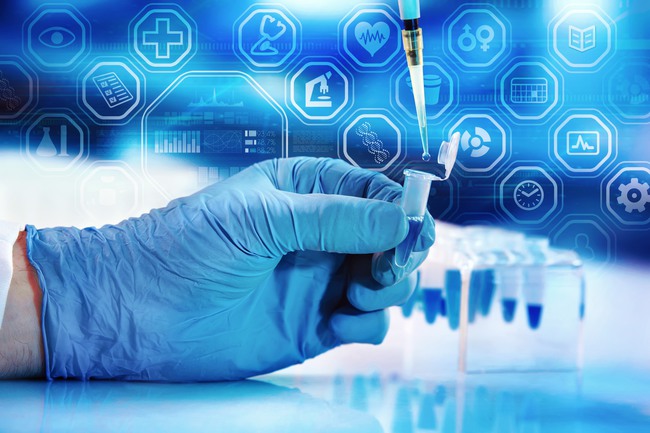Responsibilities of the Paul-Ehrlich-Institut Pursuant to the New EU Regulation on in Vitro Diagnostic Medical Devices

The new European regulation on in vitro diagnostic medical devices (IVDR; Regulation EU IVDR 2017/746) entered into force on 26 May 2017 and has been legally binding in all EU Member States since its adoption. It lays down new rules on the conditions for the CE marking (marketability) of in vitro diagnostic medical devices (IVDs). The IVDR replaced the previous In Vitro Diagnostic Medical Devices Directive (IVDD) 98/79/EC. The five-year transitional period, which applied to all manufacturers of medical devices already on the market, expired on 26 May 2022.
The IVDR changes regulatory requirements for marketability across the EU through higher standards for IVD in the areas of quality, transparency, performance and safety. The requirements of the IVDR apply to both IVDs under development as well as IVDs that have already received a CE marking. The latter group must undergo a new certification process by being reassessed in a conformity assessment procedure.
However, the changes introduced by the IVDR affect not only IVD manufacturers, but also importers, device users, notified bodies and national authorities. The responsibilities of the Federal Institute for Drugs and Medical Devices (BfArM) and the Paul-Ehrlich-Institut, the Federal Institute for Vaccines and Biomedicines, also changed when the new regulation entered into force. An article in the Bulletin on Drug Safety (issue 03/2022) details the division of tasks with a focus on the responsibilities of the Paul-Ehrlich-Institut.



